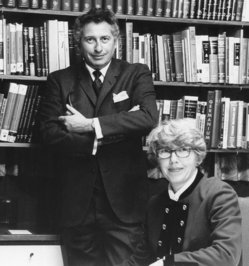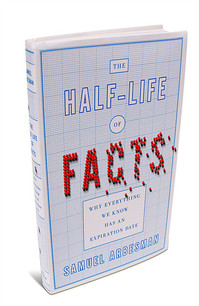(p. 234) Melinda Beeuwkes Buntin and David Cutler discuss “The Two Trillion Dollar Solution: Saving Money by Modernizing the Health Care System.” “Two sorts of savings are possible in health care. The first is eliminating waste and inefficiency. The most commonly cited estimate is that 30 percent of the money spent on medical care does not buy care worth its cost. Medicare costs per capita in Minneapolis, for example, are about half those in Miami, yet Miami does not have better health outcomes. International comparisons yield the same conclusion. . . . Second, reform might stimulate cost-reducing innovation instead of the continuous cost increases that accompany current innovation. For nearly 20 years, scholars have argued that generous reimbursement policies for medical care have led to innovations that almost always increase health care costs. Changing that dynamic by investing in research about what works and rewarding health care providers who choose efficient treatments could have a dramatic effect on cost growth. . . . Reducing costs by 30 percent will take time and effort, but it is not inconceivable over the long term. Experience in the health care sector and other industries suggests that cost reductions on the order of 1.5-to-2.0 percentage points per year are within reach.”
Buntin and Cutler as quoted in:
Taylor, Timothy. “Recommendations for Further Reading.” Journal of Economic Perspectives 24, no. 2 (Fall 2009): 231-38.
(Note: ellipses in original.)
The Buntin and Cutler report is:
Buntin, Melinda Beeuwkes, and David Cutler. “The Two Trillion Dollar Solution: Saving Money by Modernizing the Health Care System.” Washington, D.C.: Center for American Progress, 2009.





